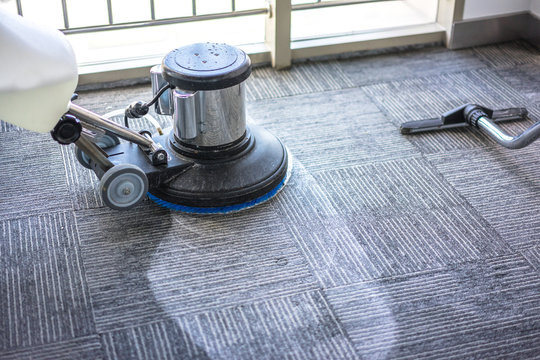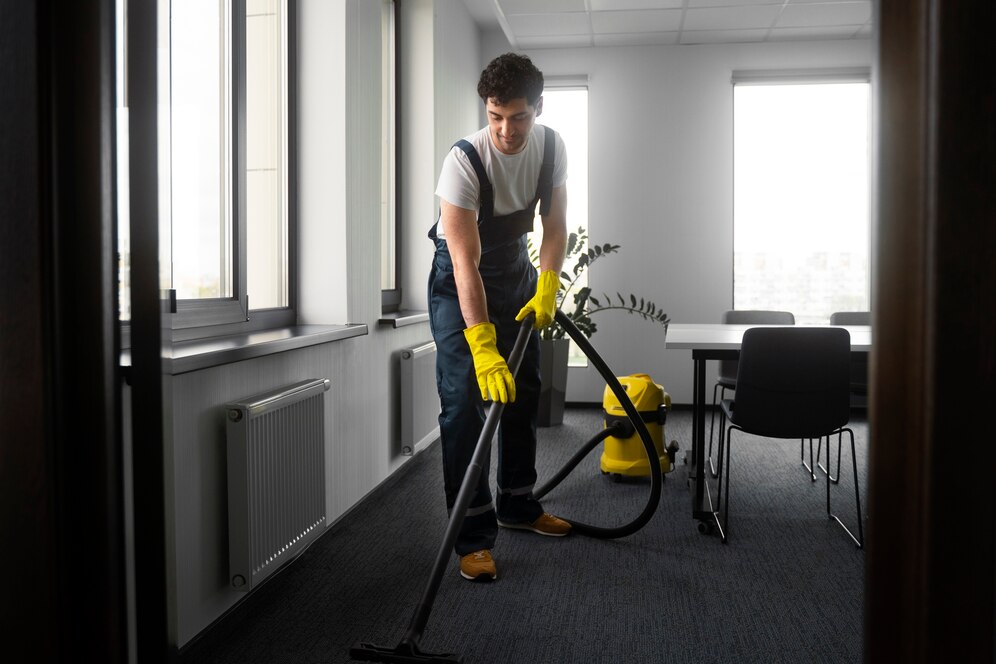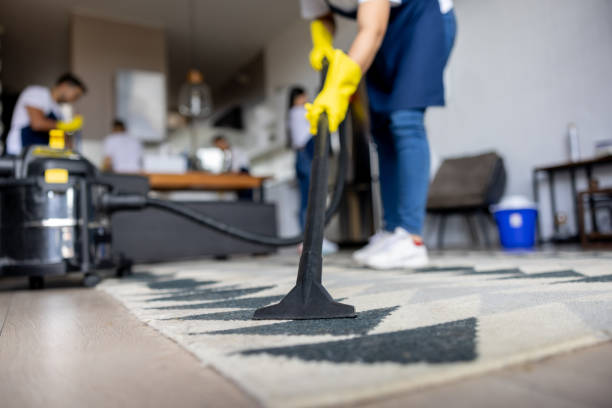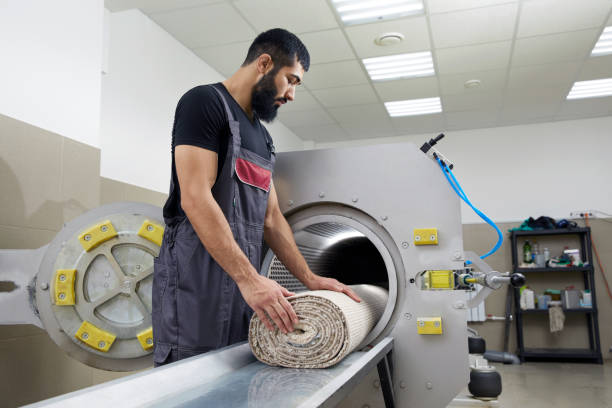Is Velvet a Good Upholstery Fabric for UK Homes?
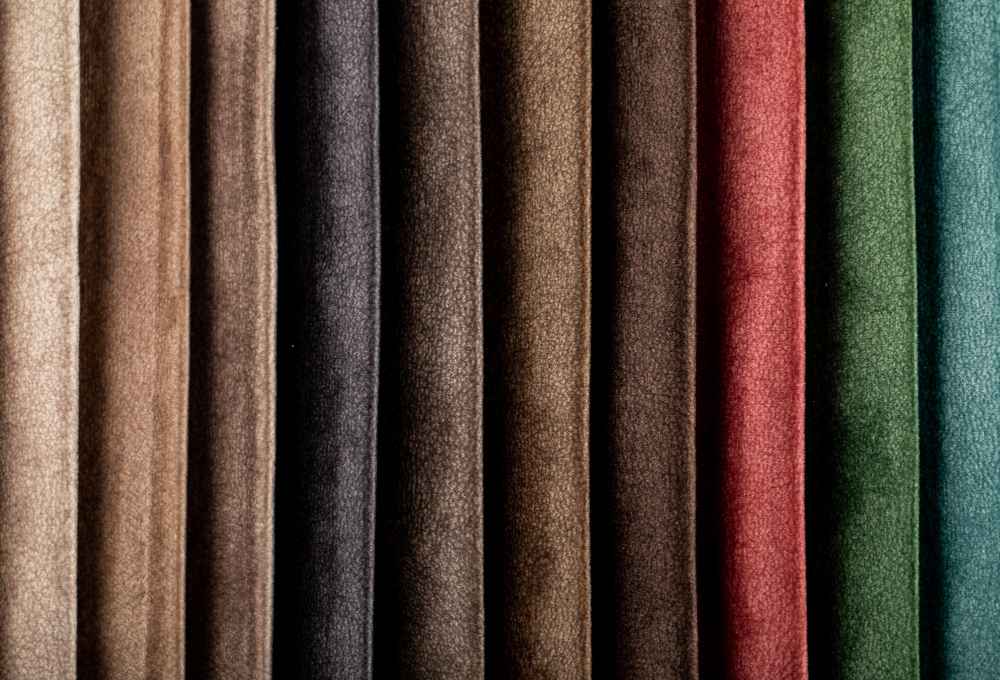
When it comes to choosing upholstery fabric for your home, the decision can feel overwhelming. With so many options available, it's natural to wonder whether velvet makes a practical choice for UK households. This luxurious fabric has been making a comeback in recent years, gracing everything from sofas to dining chairs in homes across Britain.
Velvet brings an undeniable elegance to any room, but is it really suitable for everyday life in the UK? Let's explore the pros and cons of this sumptuous fabric to help you make an informed decision for your home.
What Makes Velvet Special as an Upholstery Fabric
Velvet stands out from other fabrics due to its unique construction and distinctive feel. This fabric is created through a complex weaving process that produces short, dense fibers standing upright from the base material. The result is that characteristic soft, plush texture that feels luxurious to the touch.
The fabric's construction creates tiny fibers that catch and reflect light differently depending on the angle, giving velvet its signature shimmering appearance. This quality makes velvet particularly attractive for upholstery, as it adds depth and visual interest to furniture pieces.
Modern velvet comes in various weights and compositions, from traditional silk velvet to more practical cotton and synthetic blends. Each type offers different benefits and drawbacks, making it important to understand what you're getting before making a purchase.
The Luxurious Appeal of Velvet Furniture
There's no denying that velvet furniture makes a statement. The fabric instantly elevates the look of any room, adding sophistication and glamour that few other materials can match. Whether you choose a deep jewel tone or a subtle neutral, velvet upholstery creates a focal point that draws the eye.
The texture of velvet also adds tactile interest to your living space. Running your hand across a velvet sofa or armchair provides a sensory experience that enhances the overall comfort of your home. This combination of visual and tactile appeal makes velvet furniture particularly inviting.
In UK homes, where we often deal with grey skies and long winter months, velvet can bring warmth and richness to interiors. The fabric's ability to play with light helps brighten spaces, while its cozy texture makes rooms feel more welcoming during cooler weather.
Durability Concerns: Will Velvet Last in Your Home
One of the biggest questions about velvet upholstery is whether it can withstand regular use. The answer depends largely on the quality of the velvet and how it's constructed. High-quality velvet with a strong backing can be surprisingly durable, while cheaper versions may show wear quickly.
The pile of velvet can become flattened with heavy use, particularly in high-traffic areas like the seat cushions of a sofa. This crushing effect is more noticeable on some types of velvet than others, with cotton and synthetic blends generally holding up better than pure silk versions.
However, many modern velvets are designed with durability in mind. Look for fabrics with a tight weave and sturdy backing, as these will maintain their appearance longer. Some manufacturers also treat their velvets to resist crushing and improve longevity.
Maintenance and Cleaning Challenges
Velvet requires more careful maintenance than many other upholstery fabrics. The pile can trap dust and pet hair, making regular vacuuming essential. Using a soft brush attachment helps lift debris without damaging the fabric's texture.
Spills can be particularly problematic with velvet, as the fabric's construction can cause liquids to penetrate deeply. Quick action is crucial – blot spills immediately rather than rubbing, which can damage the pile. Many velvet upholstery pieces benefit from professional cleaning rather than DIY attempts.
The good news is that some modern velvets come with stain-resistant treatments that make maintenance easier. These treated fabrics can handle minor spills better and are more forgiving of everyday wear and tear.
Climate Considerations for UK Homes
The UK's climate presents both advantages and challenges for velvet upholstery. The generally moderate temperatures mean that velvet furniture won't become uncomfortably warm in summer, unlike in hotter climates where the fabric might feel too heavy.
However, the UK's humidity levels can affect velvet. High humidity can cause the fabric to feel damp or sticky, while very dry conditions might make it more prone to static electricity. Proper ventilation and humidity control can help mitigate these issues.
The frequent rain in the UK also means that homes may experience higher moisture levels, which could potentially lead to mold or mildew issues if velvet furniture isn't properly cared for. Ensuring good air circulation around velvet pieces is important.
Cost Considerations: Is Velvet Worth the Investment
Velvet upholstery typically comes with a higher price tag than many other fabric options. The cost reflects both the complex manufacturing process and the luxurious nature of the material. However, this investment can pay off in terms of the visual impact and comfort it provides.
When considering cost, it's important to factor in the longevity of the piece. High-quality velvet furniture that's well-maintained can last for many years, making the initial investment more reasonable over time. Cheaper velvet options might seem attractive initially but could need replacing sooner.
The value of velvet also extends beyond pure economics. The comfort and aesthetic appeal it brings to your home can enhance your daily living experience, which is difficult to put a price on.
Velvet Varieties: Finding the Right Type for Your Needs
Not all velvet is created equal, and understanding the different types available can help you make the best choice for your specific needs. Cotton velvet offers good durability and is easier to clean than silk versions, making it a practical choice for family homes.
Synthetic velvets, often made from polyester or nylon, provide excellent durability and stain resistance. These options are particularly good for households with children or pets, as they can handle more abuse while maintaining their appearance.
Crushed velvet offers a different aesthetic with its deliberately textured appearance, while performance velvets are specially treated to resist stains and wear. Understanding these options helps you select the type that best matches your lifestyle and priorities.
Practical Tips for Living with Velvet Upholstery
If you decide to invest in velvet furniture, there are several strategies to help you get the most from your purchase. Regular maintenance is key – vacuum weekly with a soft brush attachment to prevent dirt buildup and keep the pile looking fresh.
Consider the placement of velvet furniture carefully. Avoid direct sunlight, which can fade the fabric over time, and ensure good air circulation to prevent moisture problems. If you have pets, be prepared for more frequent cleaning and consider choosing darker colors that won't show hair as readily.
Professional cleaning every 12-18 months can help maintain the appearance and extend the life of velvet upholstery. Many professional cleaners have experience with velvet and can provide specialized care that home cleaning can't match.
Conclusion
Velvet can be an excellent choice for UK homes when selected and maintained properly. While it requires more care than some alternatives, the luxury and comfort it provides often justify the extra effort. The key is choosing high-quality velvet appropriate for your lifestyle and committing to proper maintenance.
For those considering velvet upholstery, you can explore options at Yorkshire Fabric Shop, which offers a wide selection of upholstery fabrics suitable for UK homes. As an established online destination for quality fabrics, they provide various velvet options to suit different needs and budgets, helping you find the perfect material for your furniture project.
Frequently Asked Questions
Q: How often should I vacuum velvet furniture?
A: Vacuum velvet upholstery weekly using a soft brush attachment. This prevents dirt and debris from settling deep into the pile and helps maintain the fabric's appearance.
Q: Can velvet upholstery work in homes with pets?
A: Yes, but choose synthetic or cotton velvet rather than silk, and opt for darker colors that won't show pet hair as readily. Be prepared for more frequent cleaning and maintenance.
Q: What should I do if I spill something on velvet furniture?
A: Blot the spill immediately with a clean, dry cloth – never rub or scrub. For significant spills or stains, contact a professional cleaner who specializes in velvet.
Q: Is velvet furniture suitable for children's rooms?
A: While possible, velvet requires careful maintenance and can show wear from heavy use. Consider performance-treated velvets or wait until children are older before investing in velvet furniture.
Q: How long does velvet upholstery typically last?
A: High-quality velvet with proper care can last 7-10 years or more. The lifespan depends on the fabric quality, usage patterns, and maintenance routine.
You can read: Who Are the Most Trusted Textile Wholesalers in the UK?
Note: IndiBlogHub features both user-submitted and editorial content. We do not verify third-party contributions. Read our Disclaimer and Privacy Policyfor details.



